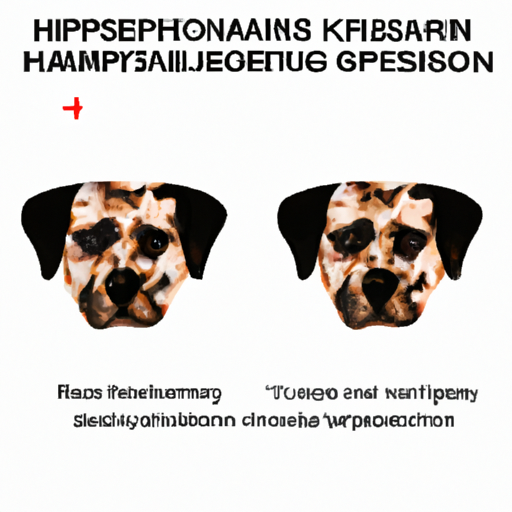Introduction
As a dedicated caregiver to your four-legged friend, it’s critical that you understand the variety of health issues that might affect them. One such condition is hyperkeratosis. You might be asking yourself, “What is hyperkeratosis in dogs?” Well, dear reader, this article intends to shed light on this subject and provide you with a comprehensive understanding of the condition.
Understanding Hyperkeratosis
Hyperkeratosis is a condition that causes your dog’s skin to thicken and harden. It often affects the paw pads or nose, turning them into a rough, calloused surface. While it may seem like a minor inconvenience, left untreated, it can lead to discomfort, pain, and even mobility issues for your dog.
Causes of Hyperkeratosis
Hyperkeratosis can be a hereditary condition, meaning it is passed down from parent to pup. Certain breeds such as Dogues de Bordeaux, Irish Terriers, and Labradors are more susceptible to this condition. However, it can also be a symptom of other underlying health issues, such as:
- Canine Distemper Virus
- Leishmaniasis
- Pemphigus Foliaceus
- Zinc Responsive Dermatosis
Treatment Options for Hyperkeratosis
The treatment for hyperkeratosis is usually aimed at managing the symptoms and providing relief to your furry friend. Here are some commonly recommended treatments:
-
Creams and Ointments: Topical treatments like salicylic acid or propylene glycol can help soften and remove the hardened skin.
-
Paw Balm or Nose Butter: Regular application can keep the skin moisturized and prevent further hardening.
-
Special Dog Boots or Socks: These can protect your dog’s paws from harsh surfaces, reducing discomfort when walking.
Remember, it’s essential to consult with your vet before starting any treatment regimen.
| Treatment Method | Description |
|---|---|
| Creams & Ointments | Soften and remove hardened skin |
| Paw Balm/Nose Butter | Moisturize and prevent further hardening |
| Dog Boots/Socks | Protect paws from harsh surfaces |
Prevention of Hyperkeratosis
While you might not be able to completely prevent hyperkeratosis, especially if it’s hereditary, you can take steps to manage the condition and keep your dog comfortable.
- Regular paw inspections
- Providing a balanced diet
- Regular vet check-ups
Frequently Asked Questions
Q: Can hyperkeratosis be cured?
A: While there’s no known cure, it can be managed with proper care and treatment.
Q: Is hyperkeratosis contagious?
A: No, it is not contagious.
Q: Can I treat hyperkeratosis at home?
A: Yes, with guidance from your vet, some treatments can be carried out at home.
As a caregiver, understanding hyperkeratosis is essential to ensure the comfort and health of your beloved pet. Remember, if your dog shows signs of hyperkeratosis, consult with your vet for the best course of action.



